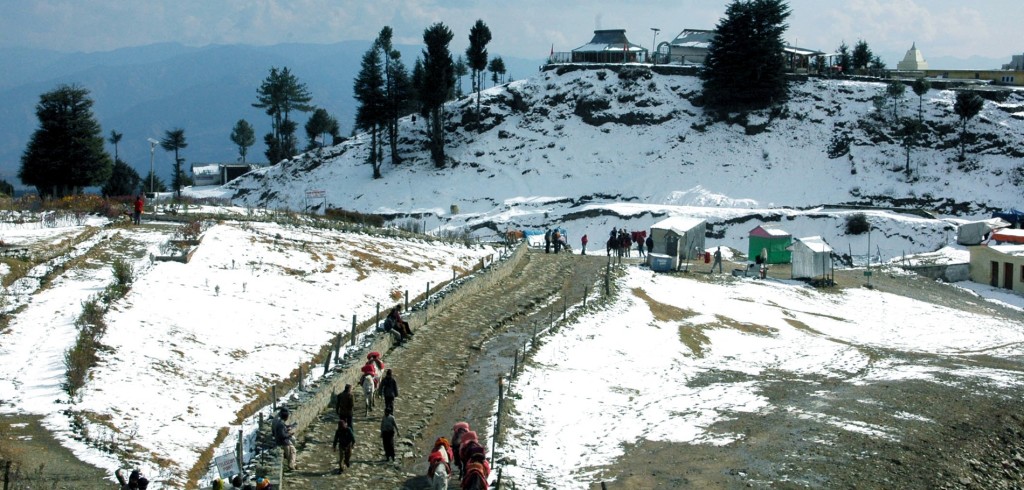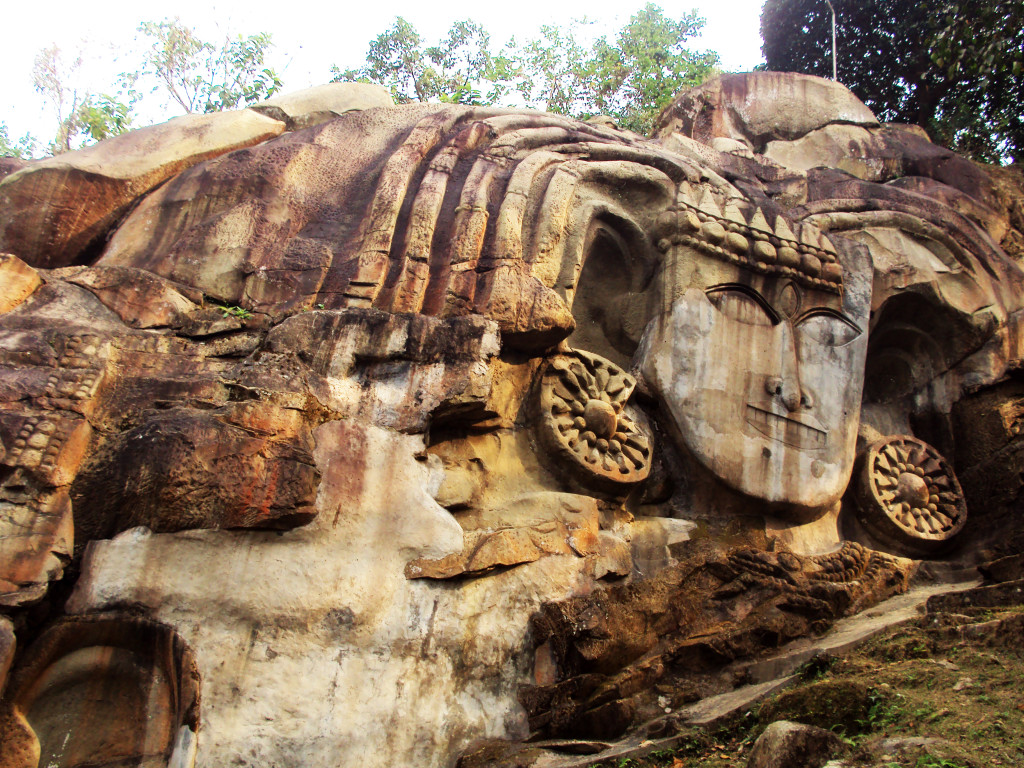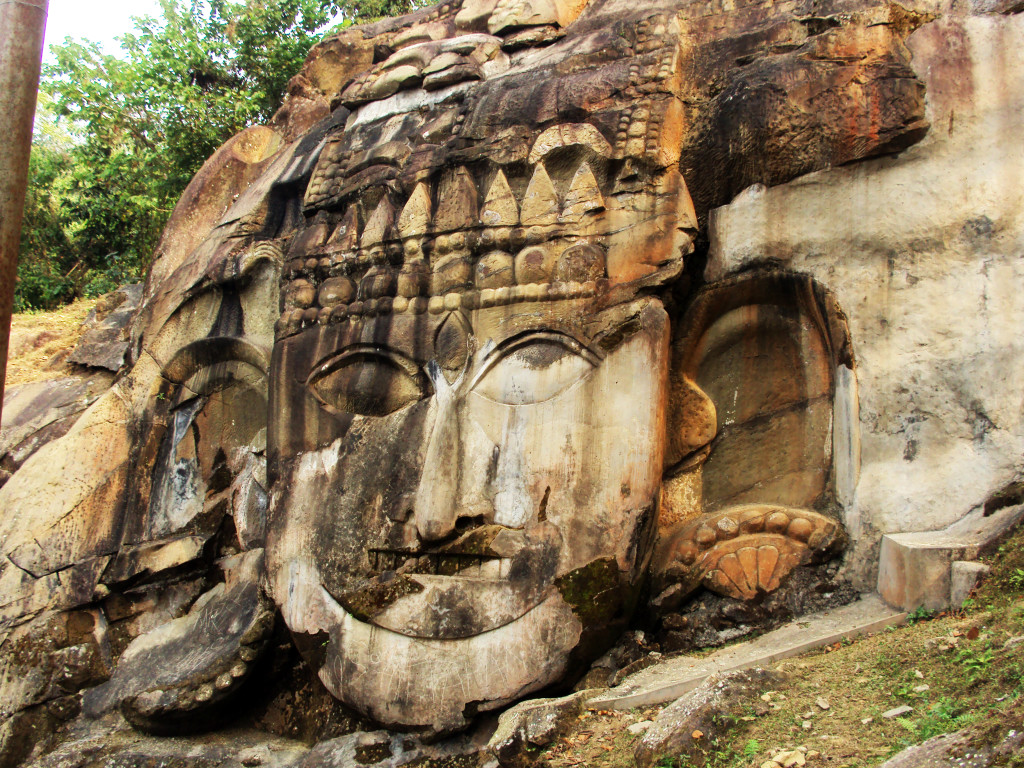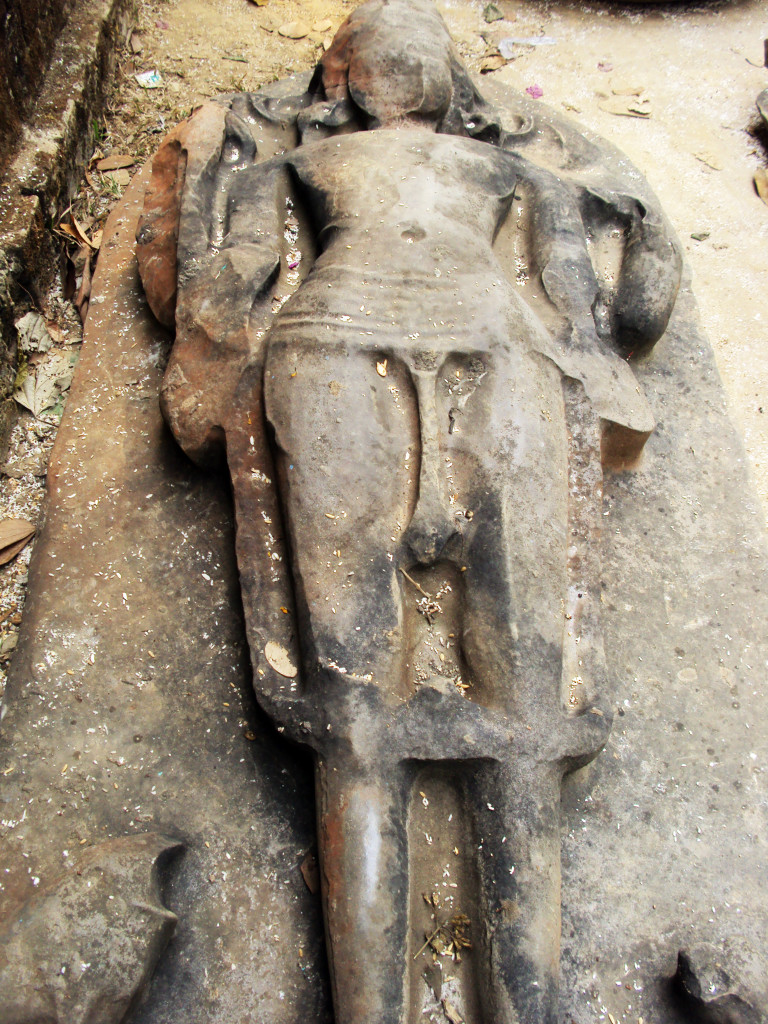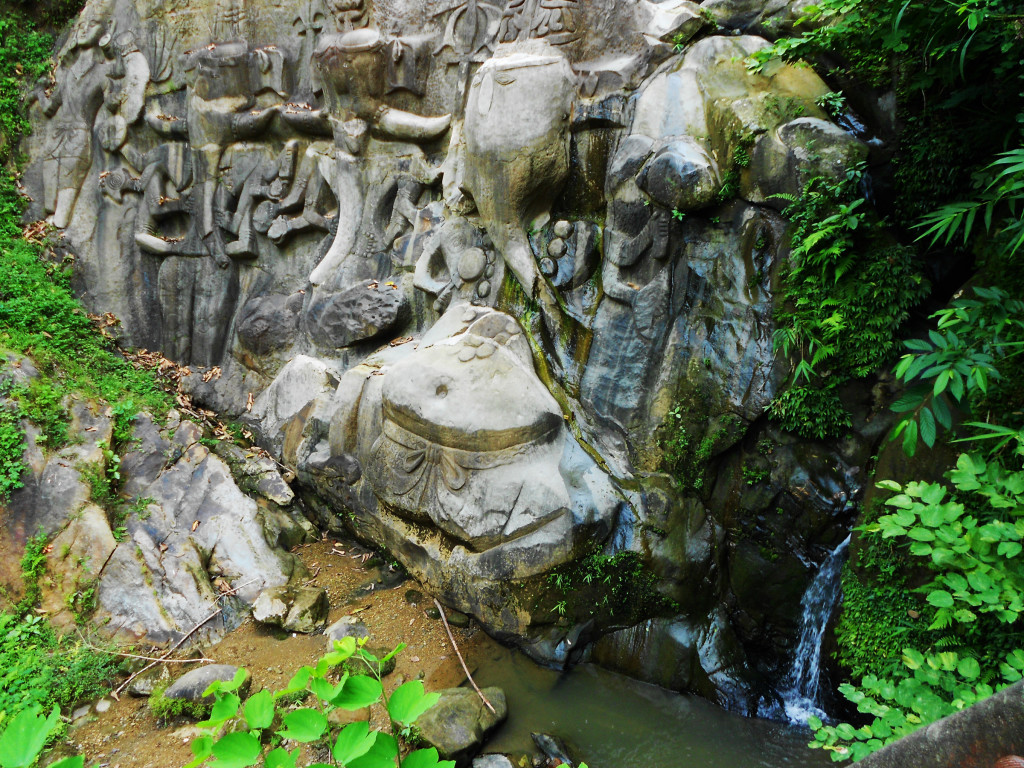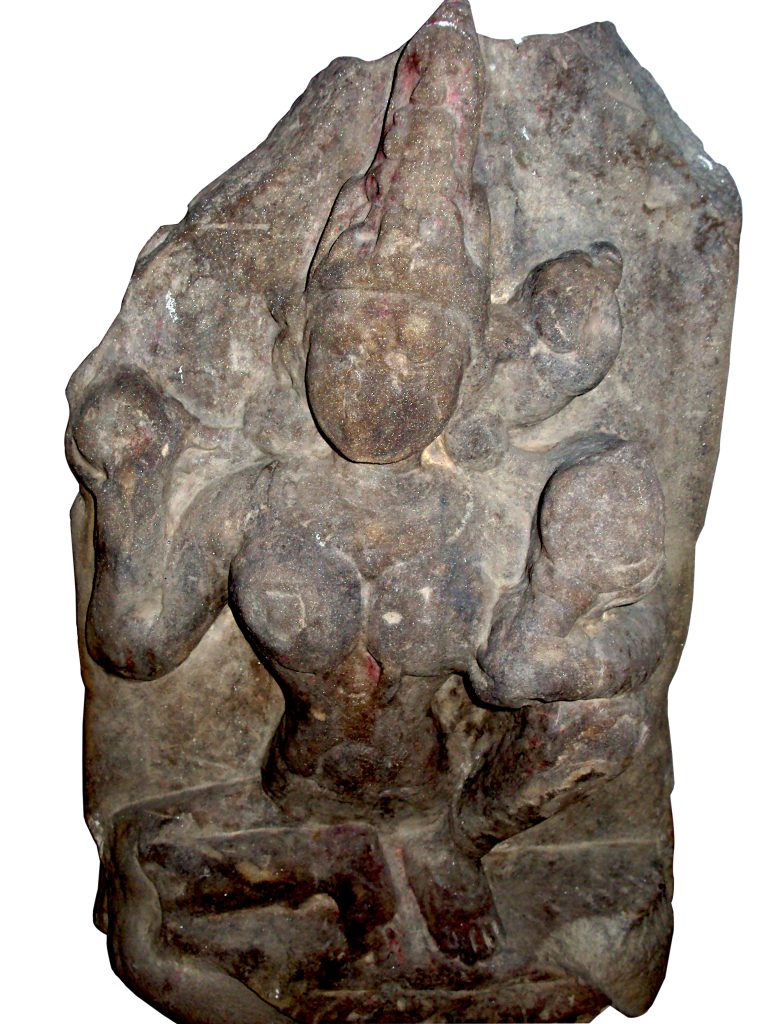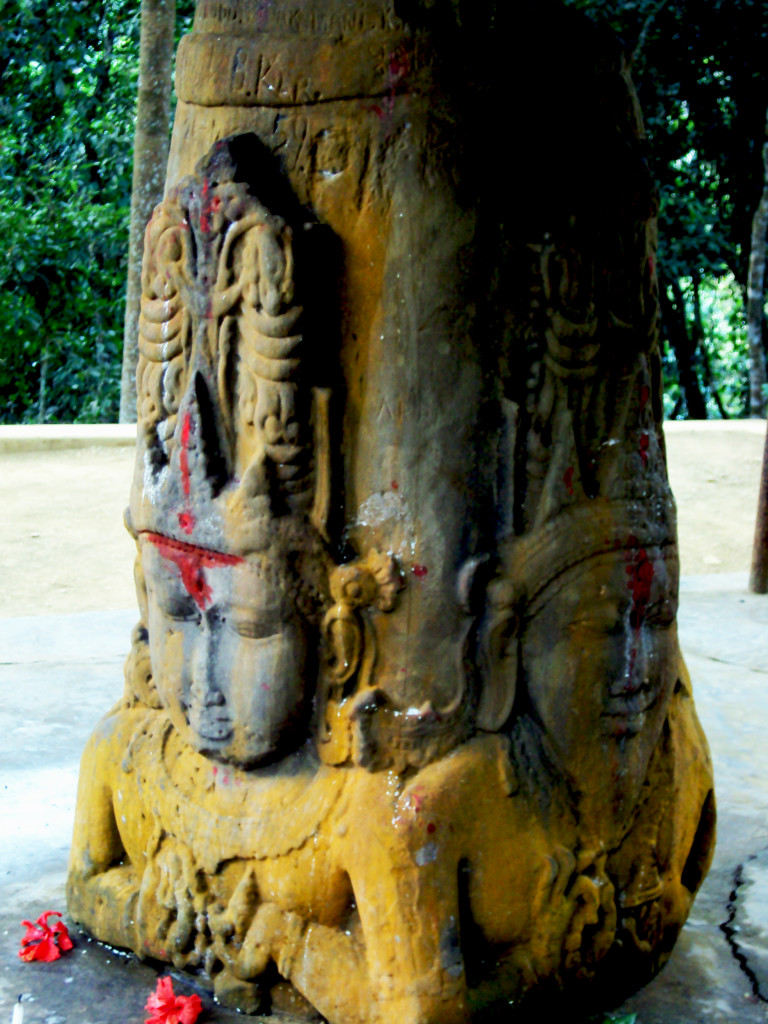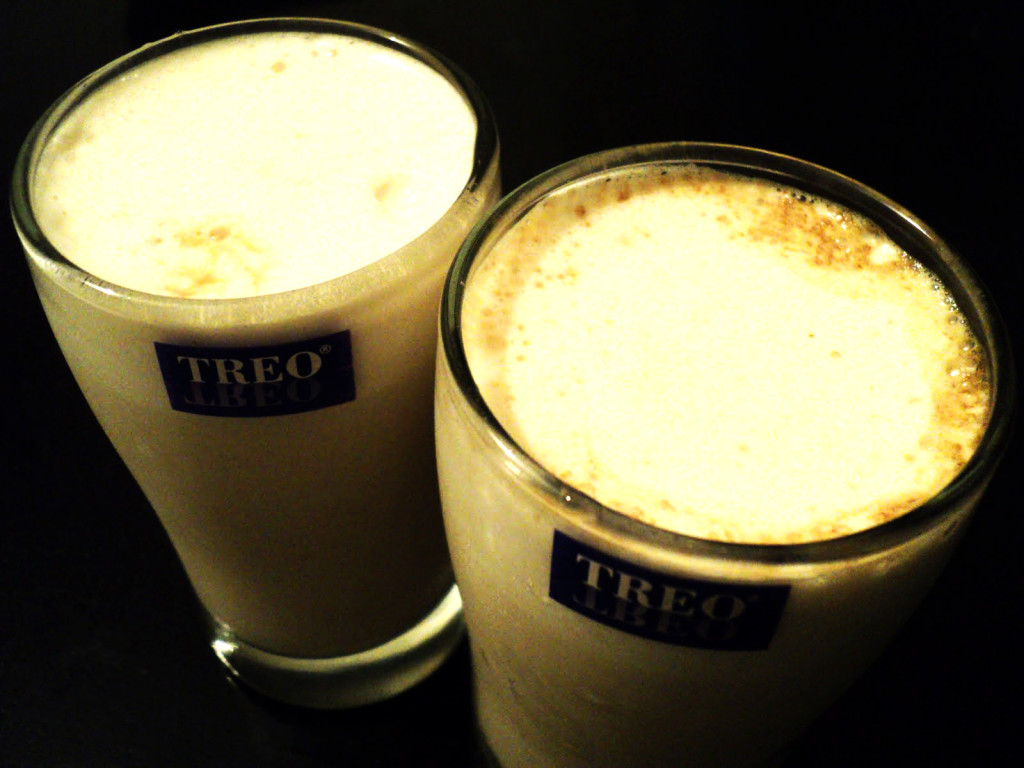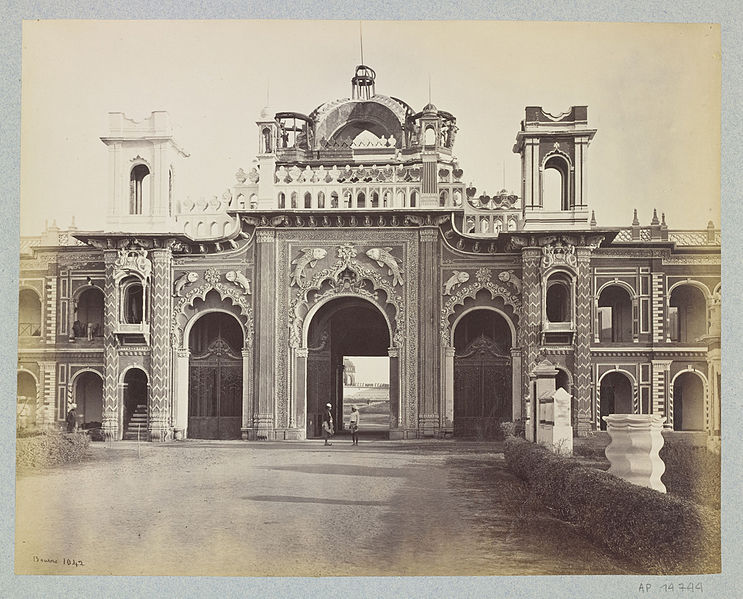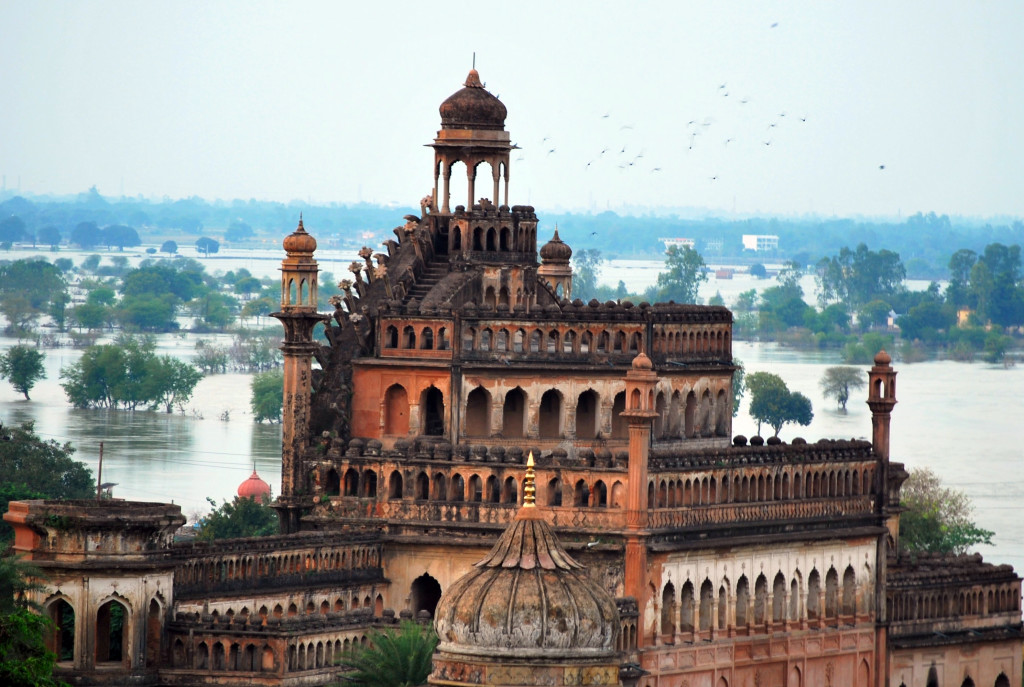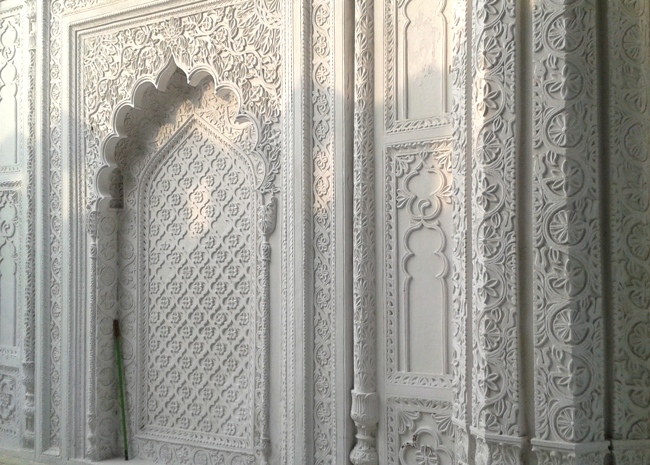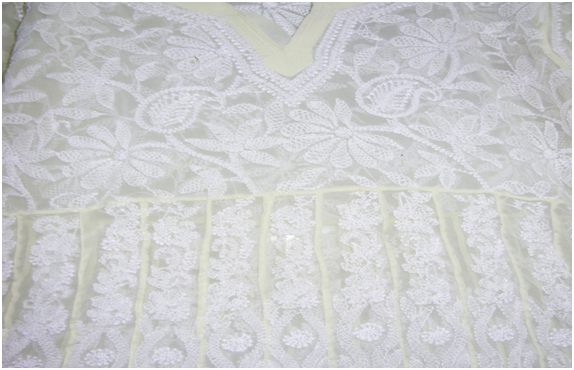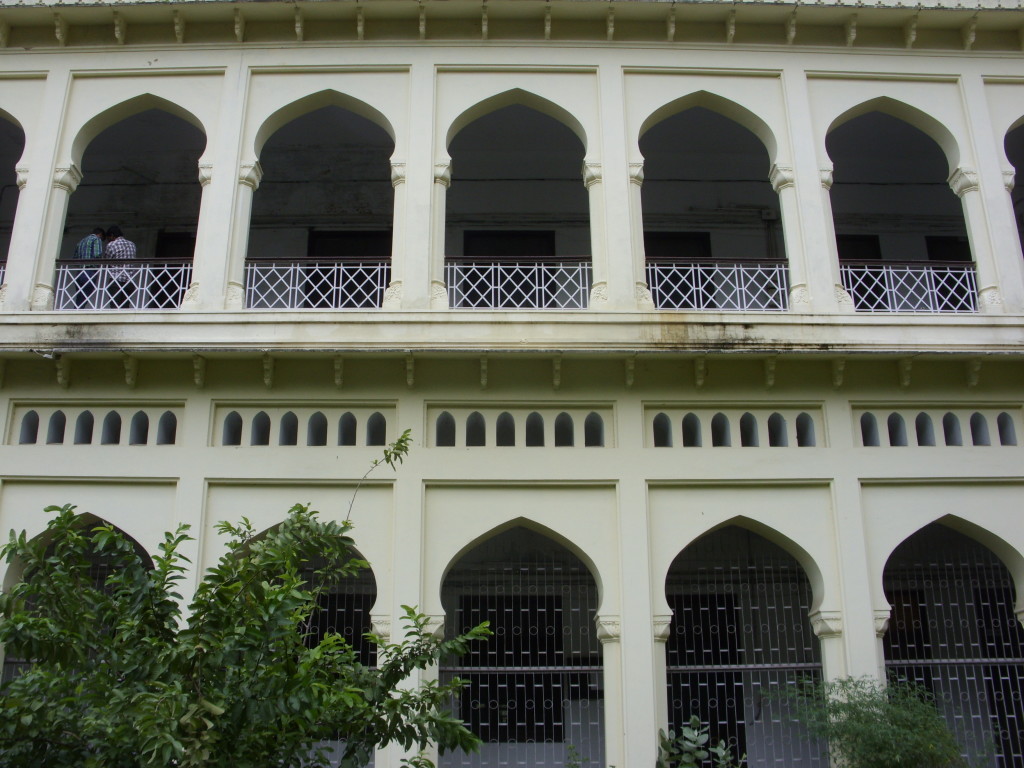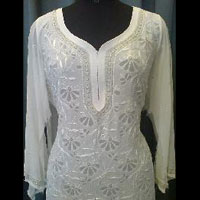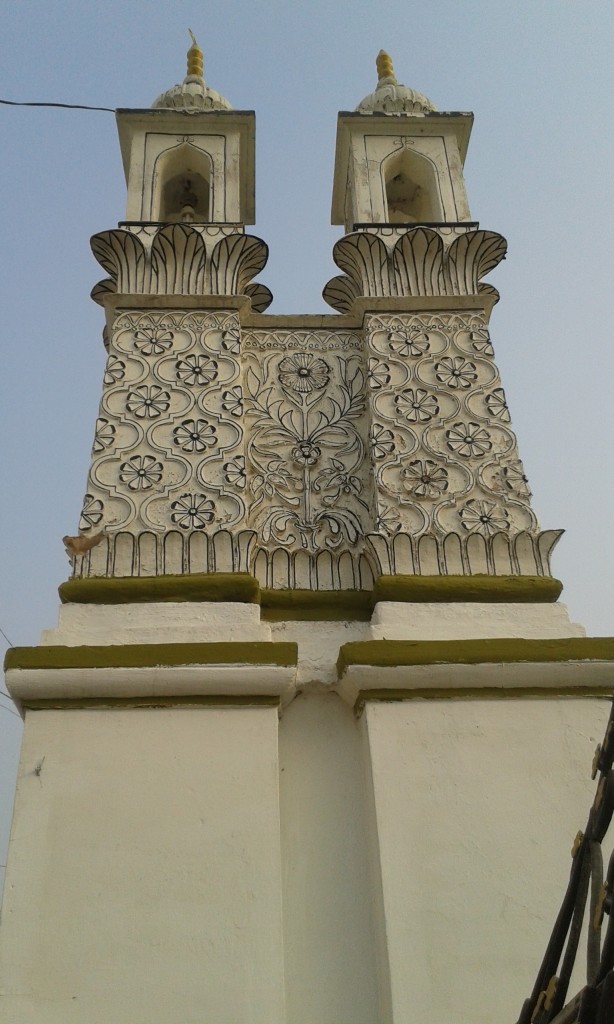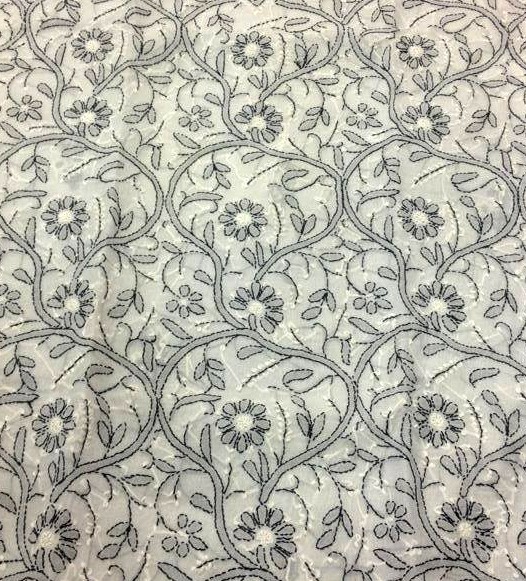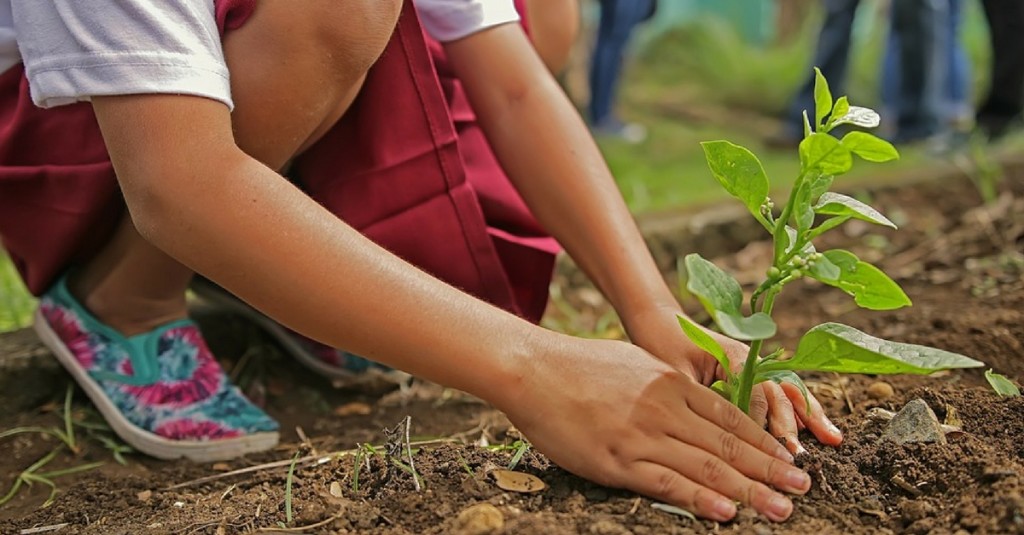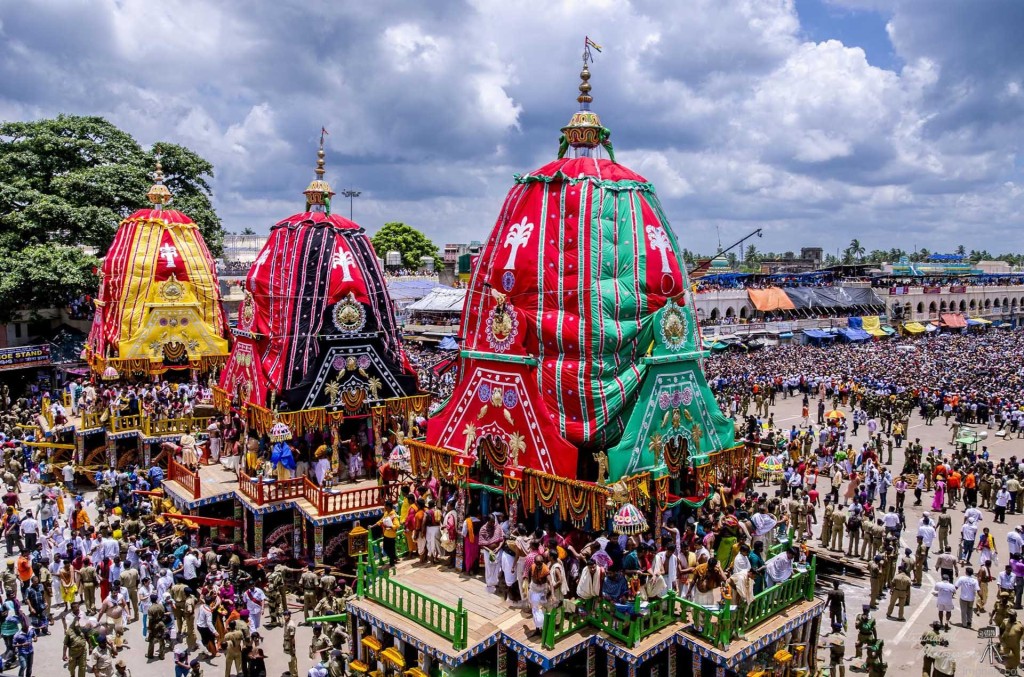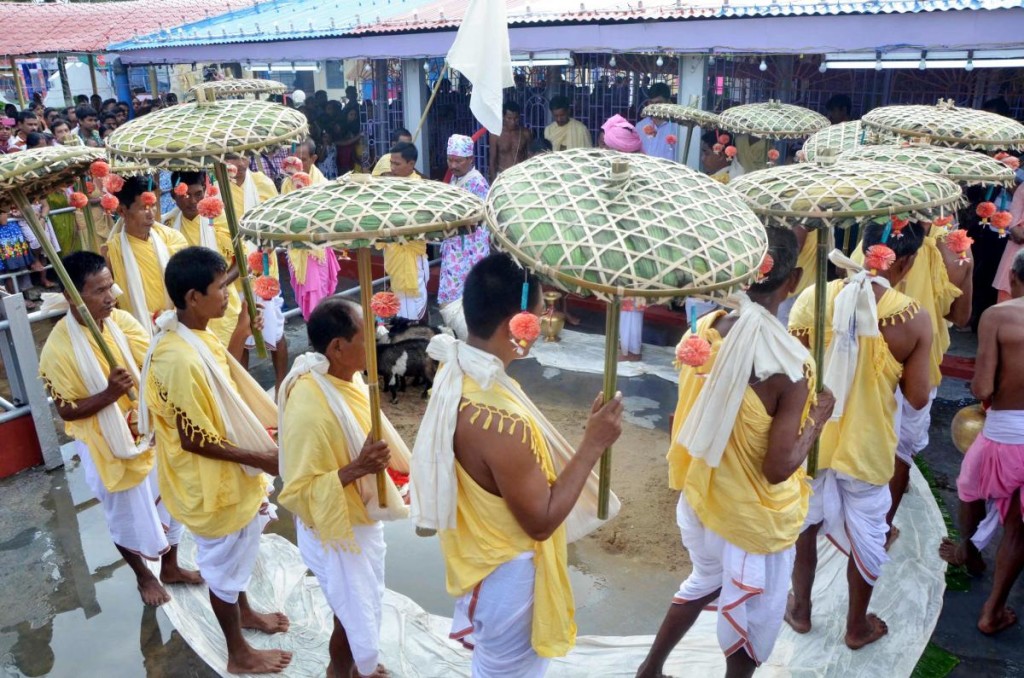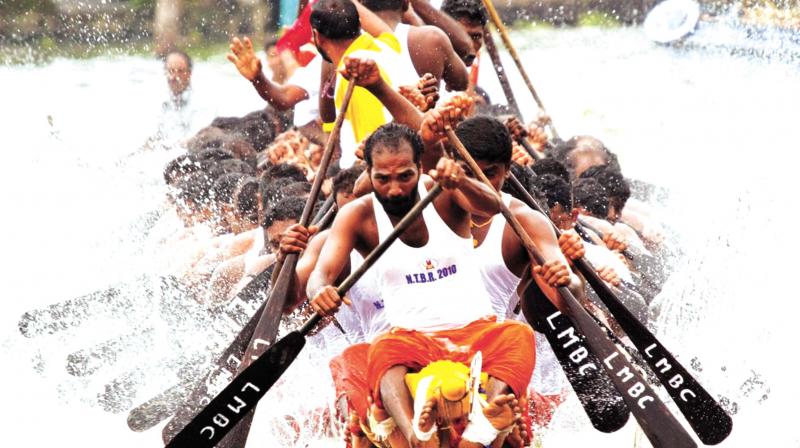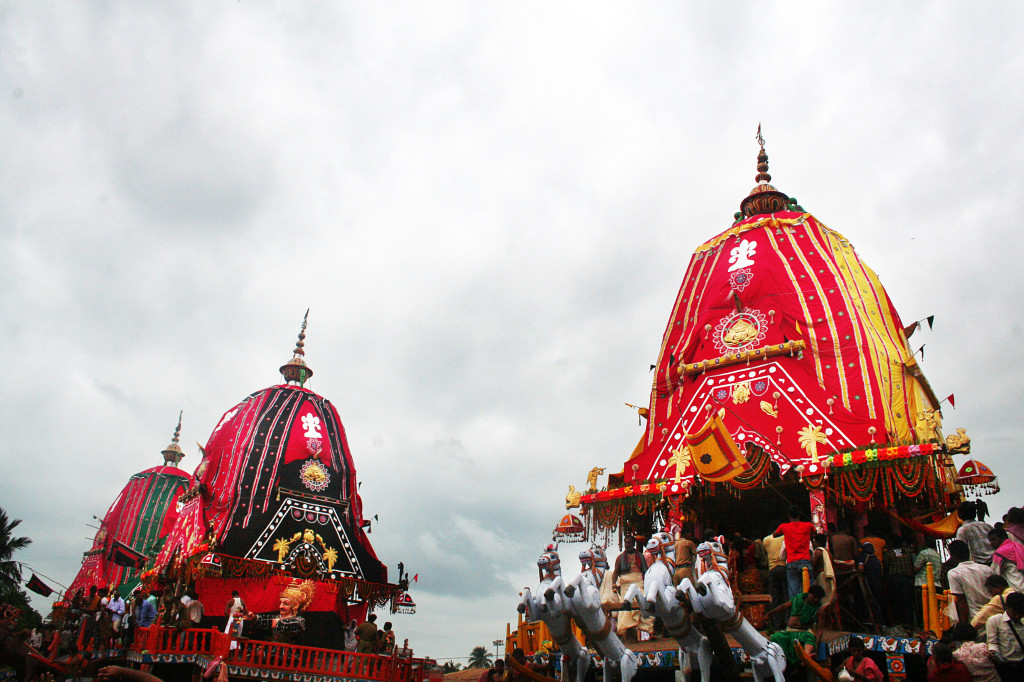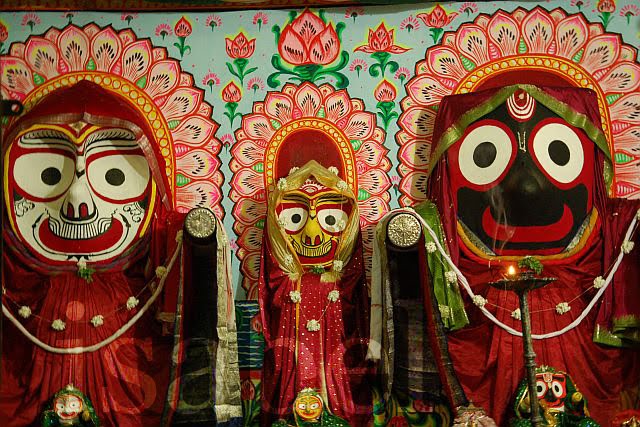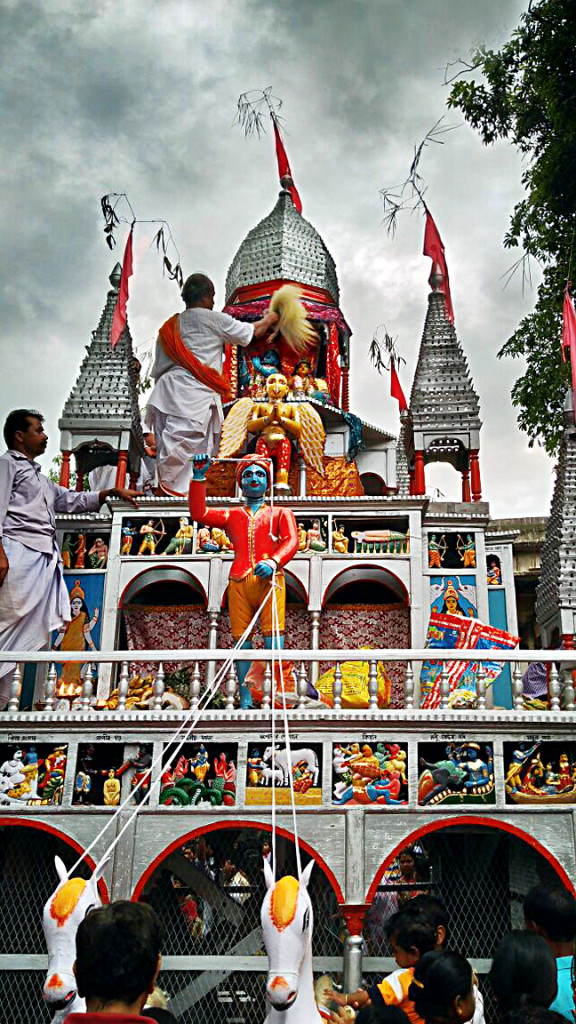Shantanu Samanta
I visited Kufri in December 2016, in its peak of snowing. We faced no problem in finding accommodation. Kufri is the lifeline, the heart and soul of Shimla. Our drive was exhausting because of so much traffic. However, when we reached there, all our tiredness went away, it is a wonderful place, full of adventures! We did bungee jumping, rope climbing and what not! Also the horse and the yak rides were fabulous! You will have to buy a ticket of 400 rupees for horse riding. The ride is for one hour. It is a very crowded place. You can also buy various traditional items from there like Himachali caps, woodcraft items, Shimla shawls, etc. The best thing about the place is the evenings. Honestly, the beauty of the place gets enhanced manifolds and adds a romantic touch to your stay. The people of Kufri are also very awesome, and it is an overall safe place. In case you decide to go in summers, you will not find any snow, but it will still be beautiful and peaceful. Unlike Shimla which is overcrowded, the temperature of Kufri is usually low because of its height. I highly recommend a trip to Kufri, especially if you are planning to go to Shimla.
Shaili Nagpal
We visited Kufri during the first week of November, 2015. We had to take horses in order to reach the destination. Each will get an individual horse, which is a good thing. But the path is risky since there are steep slopes on either side of the roads and there is no proper fencing. We felt nervous to travel by horses. When we did reach there after a long, dangerous ride there was nothing interesting to see. A total waste of time and money. Kufri is basically a very barren land where all you can see are yaks, and you can only click pictures with them. The local daily-wage workers seeking to maximize profits may try to dupe you by selling a ride on khacchars (mules). Do not take them as they will ask for almost Rs. 350 to Rs. 400 saying the distance is a very long one. When you reach you will see it was hardly 2-3 kms. And by the way they don’t even care about their animals. I will recommend you to go up by walking as it is a fairly smooth and easy trail and it will take you maximum half an hour to go. And beware of the khacchars as they are not in control of their owners, they may mistakenly push you over. If you have a lot of time then maybe you can go otherwise there are many places to visit in Shimla. The weather was very chilly but we were disappointed to not see any snow. The place was also really dry. There are many small eateries there. You can take photos by wearing different costumes for rent. They will take you to some place telling there is an apple garden. There is nothing like that.
Accessibility was not that tough as Kufri is well connected to cities like Shimla and Kalka with quality transportation. Hotels were very cheap as well, but the services offered by them dashed all my hopes of having quality accommodation. People were good and the city is very safe even at nights.
However, in my honest opinion, I did not like Kufri.

